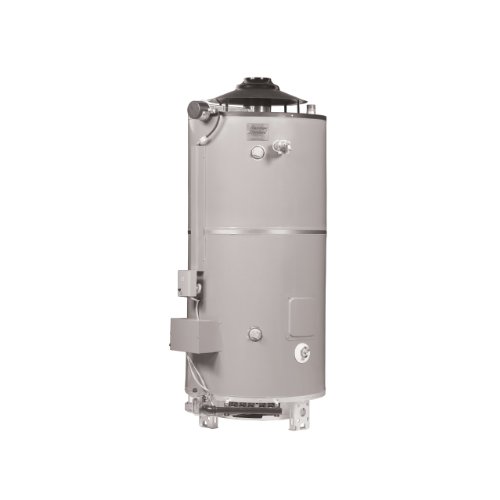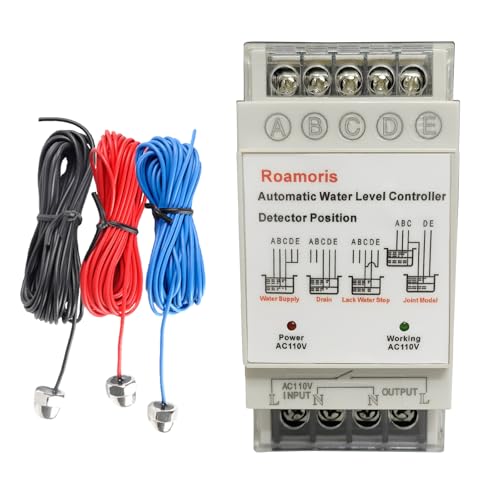How to Vent a Hot Water Heater Without a Chimney: A Comprehensive Guide
Victor Sawyer Dec 11, 2025 10:12 PM
If you're wondering how to vent a hot water heater without a chimney, you've come to the right place. Proper ventilation is crucial to ensure your water heater functions efficiently and safely. In this detailed guide, we will walk you through the steps to vent your hot water heater without a chimney. Whether you're a DIY enthusiast or seeking professional guidance, this article has got you covered.

Ventilation is a critical aspect of hot water heater maintenance. Without it, harmful gases like carbon monoxide can accumulate, posing serious health risks. Additionally, a well-ventilated water heater operates more efficiently, leading to cost savings.
Understanding the Basics
To begin, let's explore the fundamentals of venting a hot water heater without a chimney.
Venting involves directing exhaust gases, primarily carbon monoxide, away from your home. This process ensures that the combustion process is complete and safe.
When it comes to venting a hot water heater without a chimney, you have several options to choose from:
1. Power Venting
Power venting uses a fan to expel exhaust gases. This method is suitable for homes without chimneys and provides flexibility in vent placement.
2. Direct Venting
Direct venting brings in outside air for combustion and expels exhaust gases through a dedicated pipe. It's an energy-efficient option, as it doesn't use indoor air.
3. Ventless (Unvented) Systems
Ventless systems are self-contained, with no need for external venting. However, they require specific safety features to operate safely.
Now, let's delve into the step-by-step process of venting a hot water heater without a chimney:
1. Gather Your Tools and Materials
Before you begin, ensure you have the necessary tools and materials, including a power vent or direct vent kit, pipe wrench, and pipe fittings.
2. Choose the Venting System
Select the venting system that best suits your needs, considering factors like your heater's location and the available space.
3. Install the Venting Kit
Follow the manufacturer's instructions to install the venting kit. This typically involves attaching the vent pipe to the water heater and the exterior wall.
4. Ensure Proper Sealing
Seal all connections securely to prevent any gas leaks. Safety is paramount in this process.
5. Test for Adequate Ventilation
Once the installation is complete, test the ventilation system to ensure it's working correctly. Look for any signs of gas leaks or improper airflow.
Q: Is it safe to vent a hot water heater without a chimney?
Yes, it is safe when done correctly. Ensure you follow all safety guidelines and manufacturer recommendations.
Q: Can I install a ventless water heater?
Ventless water heaters are an option, but they require proper installation and safety features to operate safely.
Q: What are the signs of improper ventilation?
Signs of poor ventilation include a strong gas odor, condensation on windows, and sooty residue around the water heater.
Q: Do I need a professional to install the venting system?
While DIY installation is possible, it's advisable to hire a professional for safety and compliance with local regulations.
Q: How often should I inspect my venting system?
Regular inspections are crucial to ensure your venting system is functioning correctly. Perform checks at least once a year.
Q: What should I do if I suspect a gas leak?
If you smell gas or suspect a leak, immediately turn off the gas supply, evacuate your home, and call your gas utility company.
Properly venting a hot water heater without a chimney is essential for both safety and efficiency. By following the steps outlined in this guide and adhering to safety precautions, you can enjoy a reliable and safe hot water supply. Remember, when in doubt, consult a professional for assistance.

















